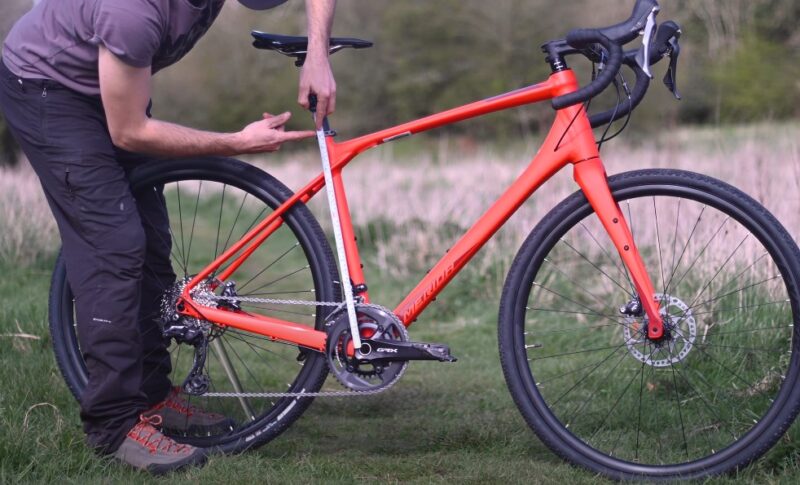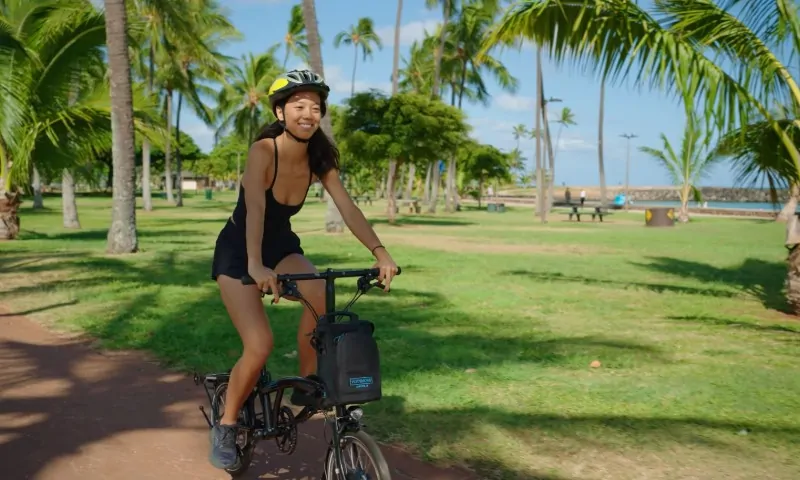Getting the right bike frame size is like finding the perfect pair of shoes—it’s all about comfort, efficiency, and avoiding any unnecessary strain. If you’ve ever hopped on a bike that felt “off,” the frame size might have been the culprit.
In this guide, I’ll walk you through the steps to measure a bike frame and explain why it matters so you can enjoy a smoother, more comfortable ride, whether you’re buying a new bike or just checking the fit of your current one. Let’s get right into it.
Table of Contents
ToggleThe Basics You Must Know
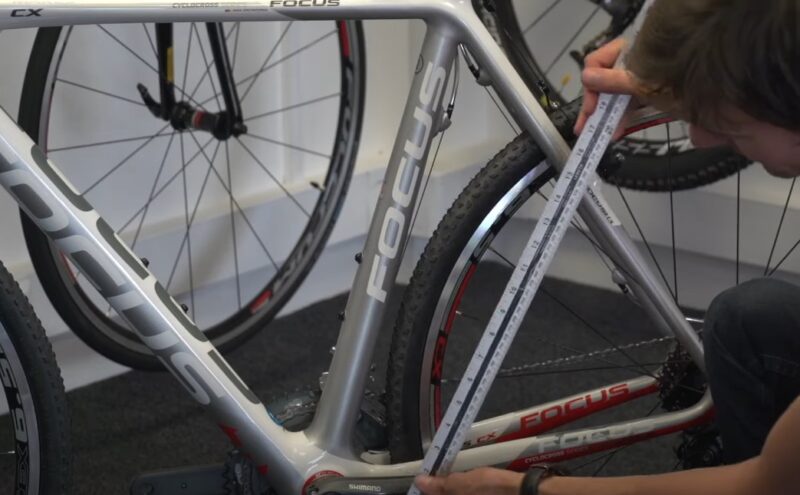
When people talk about bike frame size, they’re usually referring to the length of the seat tube, which runs from the bottom bracket (where the crank arms attach) to the top of the tube where your seat post goes.
Depending on the type of bike, the measurement will be in either centimeters or inches. Here’s a quick breakdown:
- Road bikes: Typically measured in centimeters.
- Mountain bikes: Usually measured in inches.
The right frame size helps you maintain proper posture, optimizing your pedaling and preventing unnecessary strain on your body.
| Metric | Description |
|---|---|
| Top tube length | Horizontal distance between head tube and seatpost |
| Seat tube length | Distance from bottom bracket to top of seat tube |
| Reach | Distance between bottom bracket and top of head tube |
| Stack | Vertical distance between bottom bracket and top of head tube |
| Wheelbase | Distance between front and rear axles |
| Chainstay length | Distance between bottom bracket and rear dropout |
| Front centre | Distance from bottom bracket to front axle |
| Seat tube angle | Angle of seat tube relative to the ground |
| Head tube angle | Angle of head tube relative to the ground |
| Bottom bracket drop | Height difference between wheel and crank axles |
| Bottom bracket height | Distance from the ground to the bottom bracket |
How to Measure a Bike Frame – Step-by-Step Instructions
Step 1 – Identify the Bike Type
First thing’s first—what kind of bike are you measuring for? Different types of bikes have different geometries, which will affect the way you measure them.
- Road bikes are built for speed and have a more aggressive, stretched-out geometry.
- Mountain bikes are designed for rugged terrain, with sturdy frames and slacker angles for stability.
- Hybrid bikes fall somewhere in between, balancing comfort and versatility for mixed-surface riding.
Step 2 – Measuring the Seat Tube
The seat tube length is often referred to as the bike’s “frame size.” This is the vertical distance from the center of the bottom bracket (where the crank arms attach) to the top of the seat tube (where the seat post goes in).
- Road bikes: Measure this in centimeters, usually ranging from 48 to 62 cm for adults.
- Mountain bikes: Typically measured in inches, with sizes ranging from 13” to 23”, depending on the model and the rider’s height.
Quick Tip
It’s easy to feel overwhelmed by numbers, but don’t let it stress you out. If you’re unsure, think about your riding style—do you prefer a more upright, comfortable position, or are you looking for a sleek, aerodynamic setup? Your answer can guide you towards the right size.
Step 3 – Check the Top Tube Length
@beast.on.a.bike You ask, I deliver: Measuring Bikes 📏. #bikefitting #howto #bikesize #bikefit #cyclinglife ♬ BREAK IT DOWN – Renao
The top tube length matters because it affects your reach. Imagine riding for hours—too much stretch, and your arms and back will be crying for mercy. Too cramped, and you’ll feel awkward and hunched.
The effective top tube length measures the horizontal distance between the seat tube and the head tube (where your handlebars attach). Longer top tubes mean more stretch and are better suited for aggressive, performance-focused riding. Shorter top tubes offer a more upright posture, which is comfier for casual riders or commuters.
Step 4 – Stand-Over Height
This one’s essential for your safety. Stand-over height measures the clearance between the top tube and your crotch when you stand over the bike. Why does it matter? If you stop suddenly or need to dismount on uneven terrain, you don’t want that top tube smashing into you!
- Road bikes: Aim for 1–2 inches of clearance.
- Mountain bikes: You’ll want a bit more room—about 2–4 inches.
Measuring Stand-Over Height
Stand flat-footed over your bike and measure from the top tube to your crotch. If it’s within that 1-4 inch range, you’re good to go. If not, you might need a different frame size.
Step 5 – The Importance of Head Tube Angle
The head tube angle plays a big role in how your bike handles. If you’ve ever wondered why a road bike feels twitchy and fast, it’s because they tend to have steeper head tube angles. This allows for quicker steering, perfect for cutting through the wind at high speeds.
Step 6 – Measure the Wheelbase
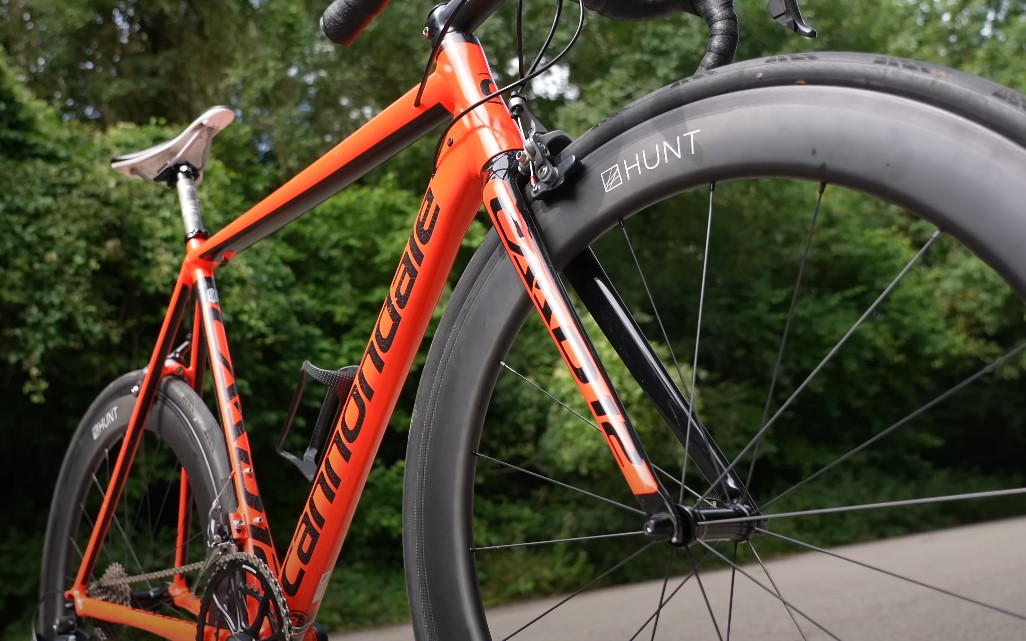
Now, the wheelbase is simply the distance between the front and rear axles. Why is it important? Because it affects how stable your bike feels, especially at speed.
- Longer wheelbase: More stability, but slightly slower, less responsive handling.
- Shorter wheelbase: Quicker, more responsive handling, ideal for nimble movements, especially on technical mountain biking trails or urban commutes.
If you’re a road cyclist looking for smooth rides on long stretches, a longer wheelbase might be your best bet. But if you’re taking sharp turns or riding on varied surfaces, a shorter wheelbase can offer more agility.
Step 7 – Reach and Stack
If you’re serious about getting the most comfortable position on your bike, pay attention to reach and stack.
- Reach: The horizontal distance from the center of the bottom bracket to the top of the head tube. This tells you how stretched out you’ll be on the bike.
- Stack: The vertical distance from the bottom bracket to the top of the head tube. This determines how upright or aggressive your posture will be.
Why They Matter
If you prefer a more aggressive, aerodynamic position (think road racing), a longer reach and lower stack might be what you’re after. For casual or off-road riding, a shorter reach and higher stack could provide more comfort.
Step 8 – Don’t Forget the Handlebar and Stem Length
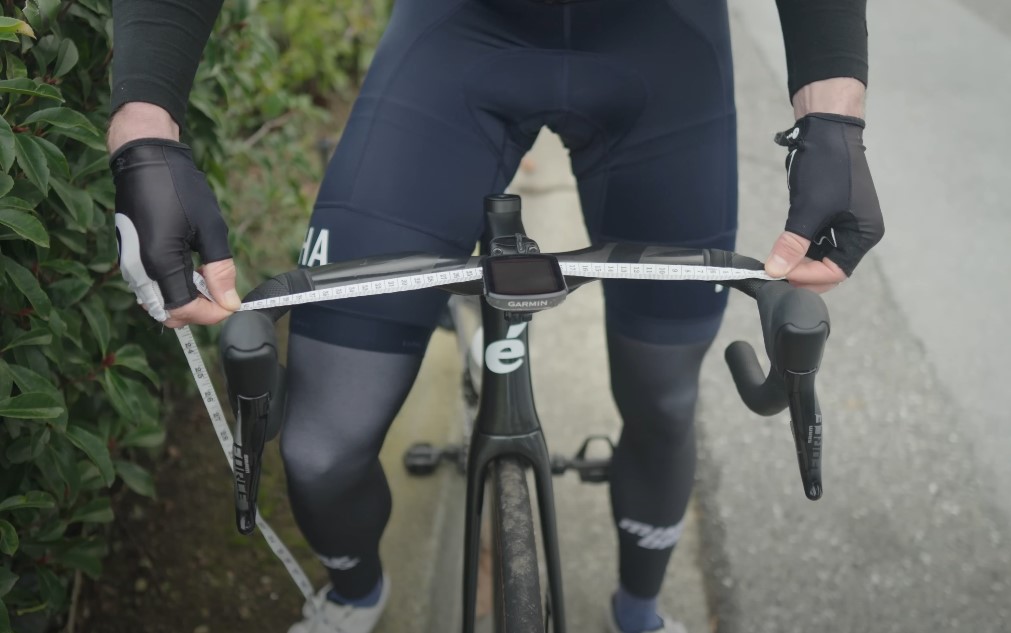
The length of your handlebar stem (the piece connecting the handlebars to the frame) and the width of the handlebars also play a big role in fit. A longer stem stretches your reach, while a shorter one can make your bike feel quicker and more responsive.
You can also adjust the width of your handlebars depending on your shoulder width.
Bike Sizing Based on Rider Body Types
Just like bikes come in all shapes and sizes, so do we! When figuring out your ideal frame size, consider a few key factors:
- Height: Taller cyclists will need larger frames, while shorter cyclists should go for smaller frames.
- Inseam Length: This measurement is crucial for determining both frame size and stand-over height.
- Arm Length: Longer arms may mean you need a bike with a longer reach to avoid feeling cramped.
And don’t forget, some bikes—especially women’s models—have specific geometries tailored for different body shapes. Women’s bikes, for example, often have shorter top tubes and narrower handlebars.
Additional Bike Frame Measurements to Know
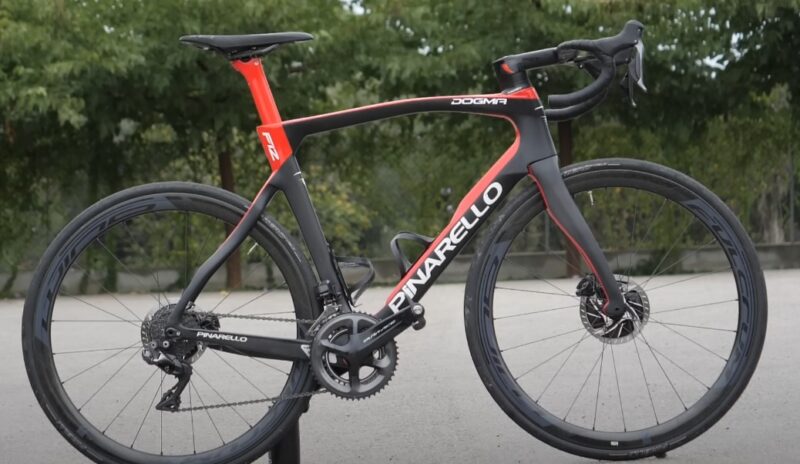
Sometimes, measuring the seat tube alone isn’t enough. Depending on your riding style and comfort preferences, other frame dimensions might be worth considering.
Top Tube Length
The top tube (the crossbar) plays a huge role in how comfortable the bike feels, particularly when it comes to reach (how far you have to lean forward). To measure the top tube:
- Measure from the center of the seat tube to the center of the head tube, which is where the handlebars attach.
This measurement is especially important for taller riders or anyone with a longer torso, as it impacts how stretched out you’ll be while riding.
Stack and Reach
For a more comprehensive fit, road cyclists often look at “stack” and “reach” measurements:
- Stack: The vertical distance from the bottom bracket to the top of the head tube. It shows how upright or aggressive your position will be.
- Reach: The horizontal distance from the bottom bracket to the top of the head tube. This tells you how far you’ll have to stretch to reach the handlebars.
These measurements can help you find a bike that fits your body and your riding style, whether you prefer a more upright position or a lower, more aerodynamic posture.
Factors That Affect a Proper Bike Fit
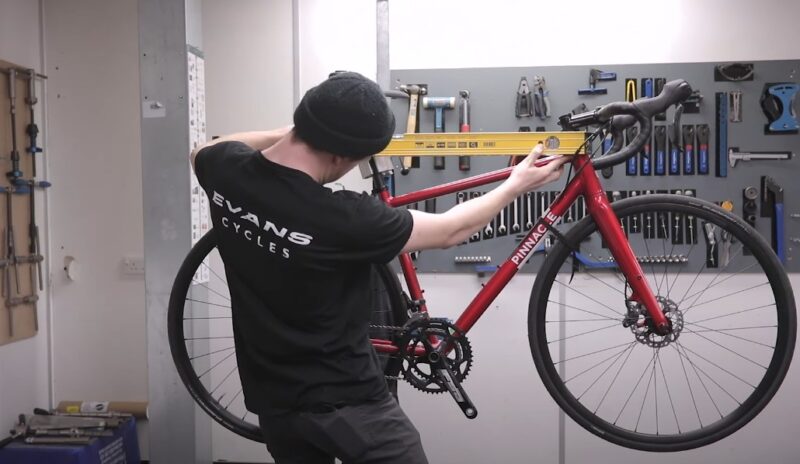
Finding the right frame size is only the first step. Several other factors contribute to making sure your bike feels like an extension of your body.
Inseam Measurement
Your inseam, or the length of your inside leg, is one of the most important factors in determining your bike size. To measure your inseam:
- Stand with your feet about 6 inches apart.
- Measure the distance from the floor to your crotch.
Once you have your inseam, you can use it as a guide to find the right frame size. For road bikes, multiply your inseam by 0.67 to get the frame size in centimeters. For mountain bikes, multiply by 0.66 for the size in inches. For example, a 24-inch bike is not a good fit for everyone.
Handlebar Reach
The distance between the saddle and the handlebars, or reach, can make or break your comfort on a bike. If the handlebars are too far forward, you’ll feel pressure in your back and shoulders.
If they’re too close, handling the bike becomes awkward. Adjusting the stem or choosing compact or aero handlebars can help fine-tune your reach.
Saddle Height and Position
Getting the saddle height right is crucial for comfort and efficiency. To set the perfect height:
- Sit on the bike and place your heel on a pedal.
- Pedal backward. Your leg should be fully extended when the pedal is at the bottom.
This ensures that when you pedal normally, with the ball of your foot on the pedal, your knee will have a slight bend at the bottom of the stroke—ideal for smooth pedaling and avoiding knee strain.
Different Bike Types, Different Sizing Standards

Not all bikes follow the same sizing rules. Let’s quickly go over the differences in sizing for some popular bike types:
Road Bikes
Road bikes are designed with a more aggressive posture, meaning you’ll be more stretched out over the bike, but make sure the bike is not too big for you.
They’re often measured in centimeters, and manufacturers provide stack and reach numbers to help you choose the best fit.
Mountain Bikes
Mountain bikes have a more relaxed geometry, like Trek 3700, perfect for handling off-road terrain. They’re generally measured in inches, and wheel size plays a bigger role in how the bike handles.
A smaller frame with larger wheels can sometimes offer better control, depending on the terrain.
Hybrid Bikes
Hybrid bikes are a mix between road and mountain bikes, often used for casual rides or commuting.
They tend to offer a more upright position for comfort, and sizing may follow either road or mountain bike conventions, depending on the brand.
What to Do If Your Frame Size Isn’t Perfect
Sometimes, you might be in between sizes, or maybe you’ve got a bike that’s close but not quite there. Don’t worry—there are a few adjustments you can make to improve the fit:
- Change the stem length to adjust your reach.
- Adjust your seat height for better leg extension.
- Swap out handlebars for wider or narrower ones, depending on your shoulder width.
If all else fails, many bike shops offer custom fitting services, where experts can fine-tune your setup with laser-guided precision. A little adjustment can make a world of difference.
Wrapping Up
When it comes to measuring a bike frame, getting it right means enjoying a comfortable and efficient ride every time you hop on your bike. Knowing your seat tube measurement is essential, but don’t forget to consider your inseam, top tube length, and handlebar reach.
A good fit prevents injury, boosts your performance, and makes the entire cycling experience more enjoyable. By taking the time to measure and adjust your bike correctly, you’ll be well on your way to more miles, fewer aches, and a whole lot of fun.
So grab a tape measure, check those key points, and get ready to ride in comfort!

